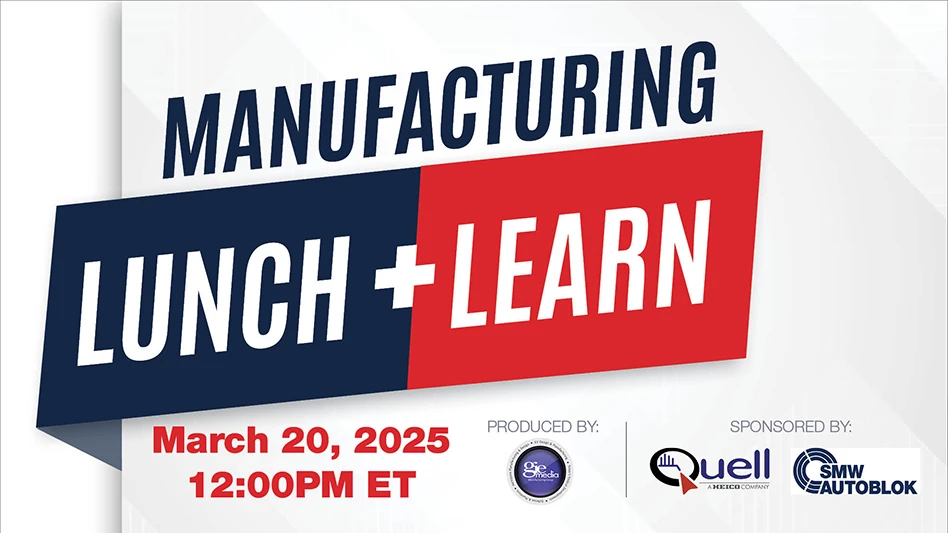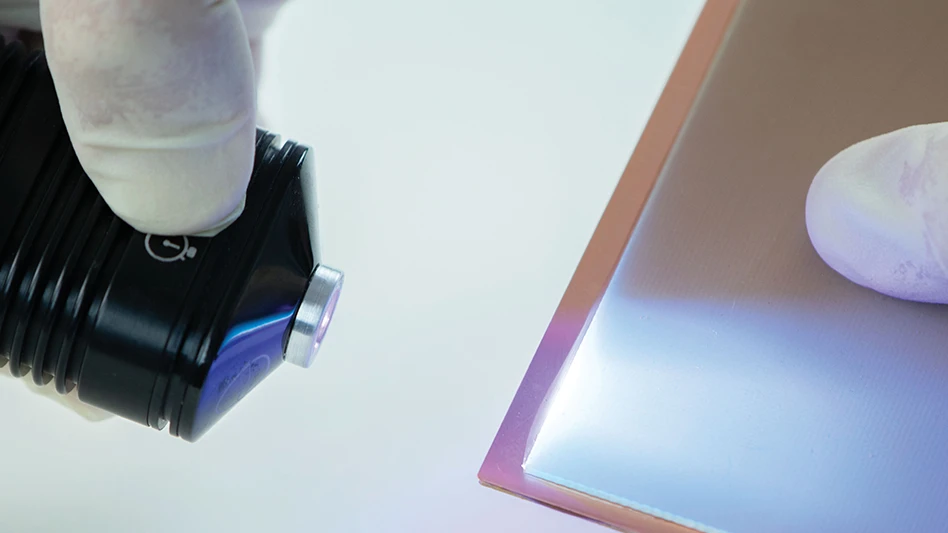
Editor’s note: Part 1 of 3.
KPMG’s study, “Medical devices 2030: Making a power play to avoid the commodity trap,” predicts a 5.2% compound annual growth rate (CAGR) for medical devices throughout the next 12 years and stresses the need for manufacturers to lower the cost of health care delivery. Within the report are several predictions about how developing technologies will impact ophthalmological care. Future infographics will examine the future of cardiovascular and orthopedic care.
5 Years
- Artificial intelligence
- Miniature retinal scanners
- Virtual reality devices
10 years
- Autonomous surgical robots/robotic eye surgery
- Implantable bionic lenses
- Smart contact lenses
- Contact lens/eyeglass combinations
15 years
- Eye-imaging visual systems
- Nanodiamond-based drug-delivery systems
- Advanced bionic eyes
Incumbents need to consider their positions in the 2030 medical device value chain, to avoid becoming commodity providers. Even the strongest and largest players are vulnerable to disruptive entrants, global competition, and technological leaps. With a firm focus on the value they bring to future health systems, medical device manufacturers need to consider brave, but essential power plays to reconfigure their value chain. — KPMG

Explore the September 2018 Issue
Check out more from this issue and find your next story to read.
Latest from Today's Medical Developments
- Kistler offers service for piezoelectric force sensors and measuring chains
- Creaform’s Pro version of Scan-to-CAD Application Module
- Humanoid robots to become the next US-China battleground
- Air Turbine Technology’s Air Turbine Spindles 601 Series
- Copper nanoparticles could reduce infection risk of implanted medical device
- Renishaw's TEMPUS technology, RenAM 500 metal AM system
- #52 - Manufacturing Matters - Fall 2024 Aerospace Industry Outlook with Richard Aboulafia
- Tariffs threaten small business growth, increase costs across industries





